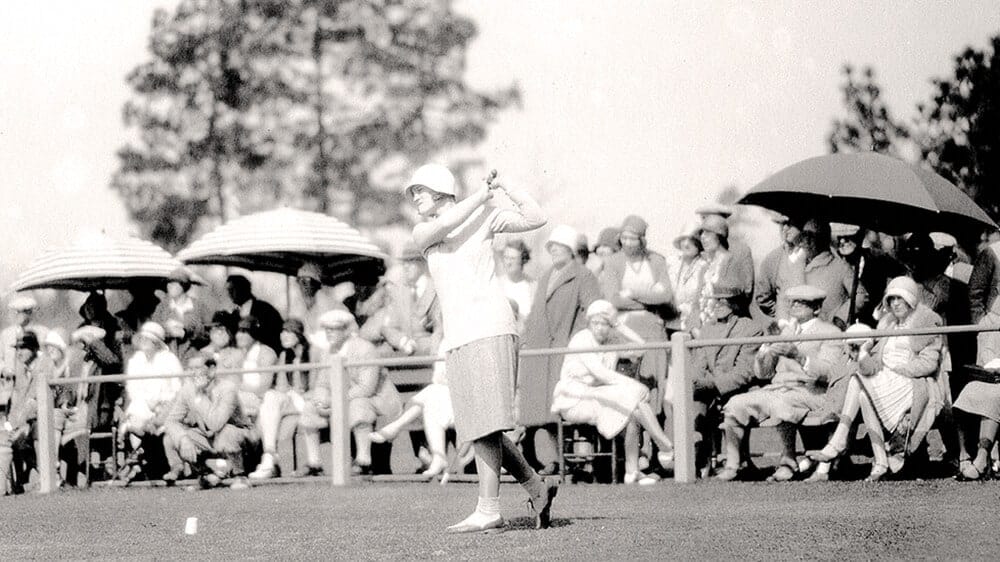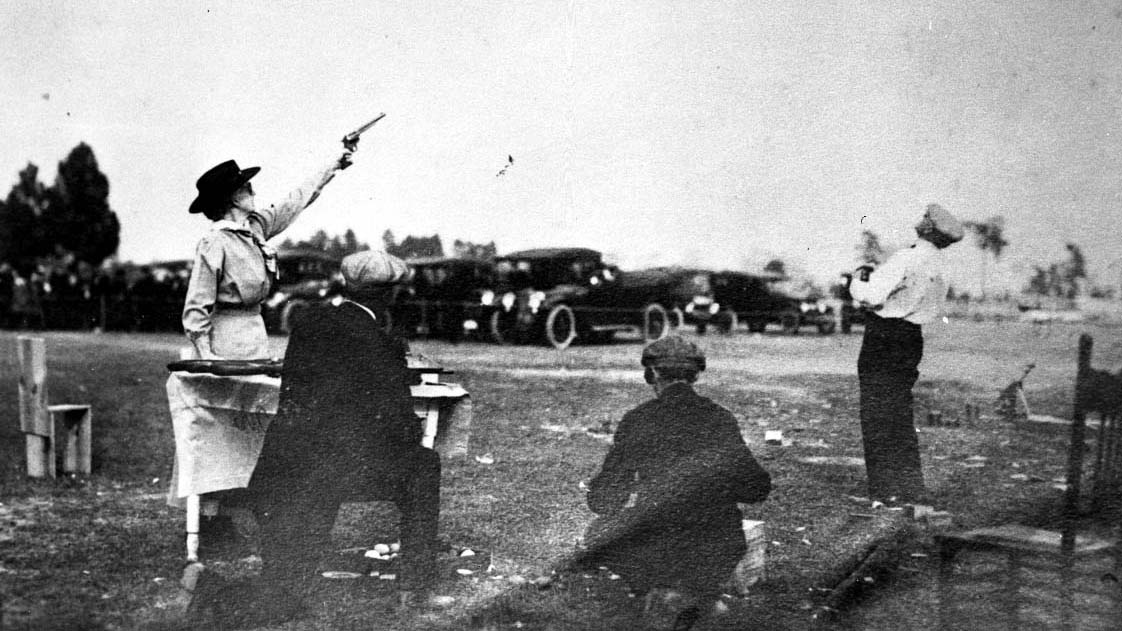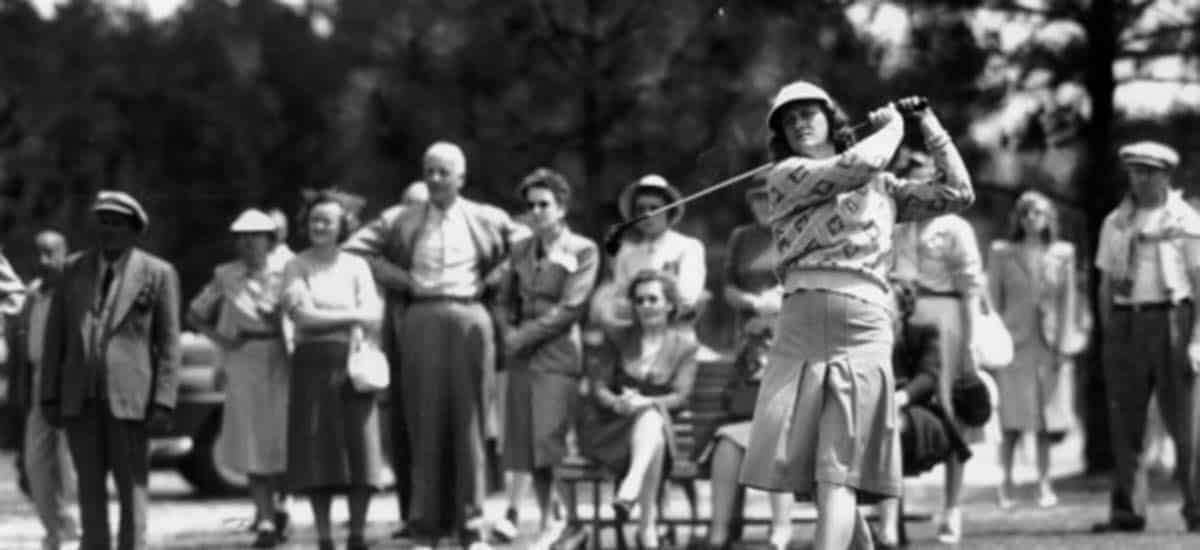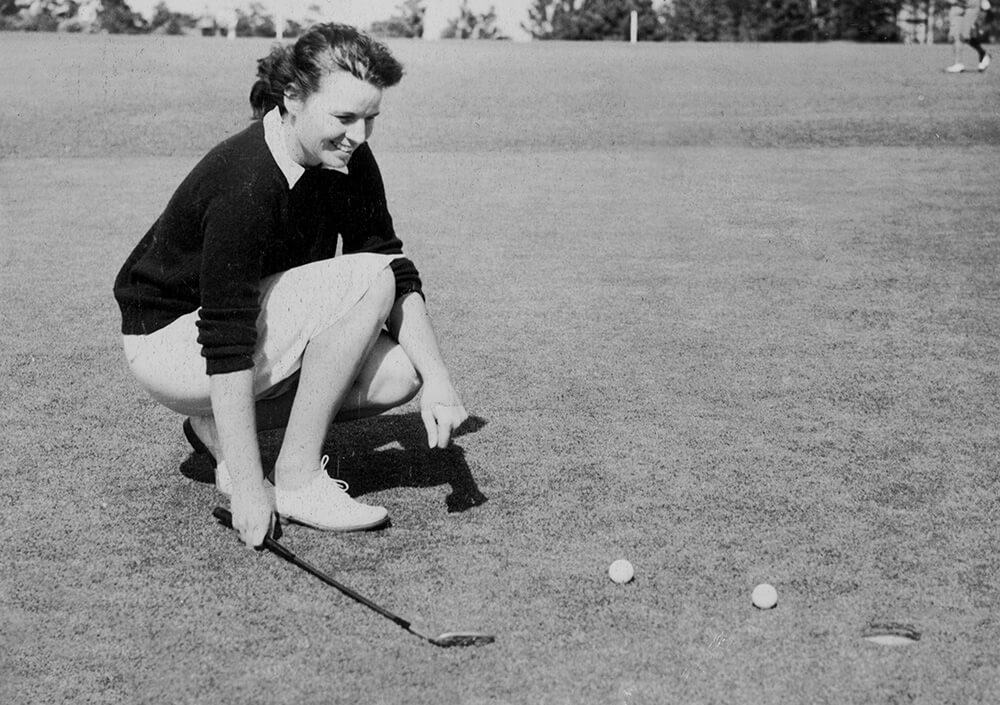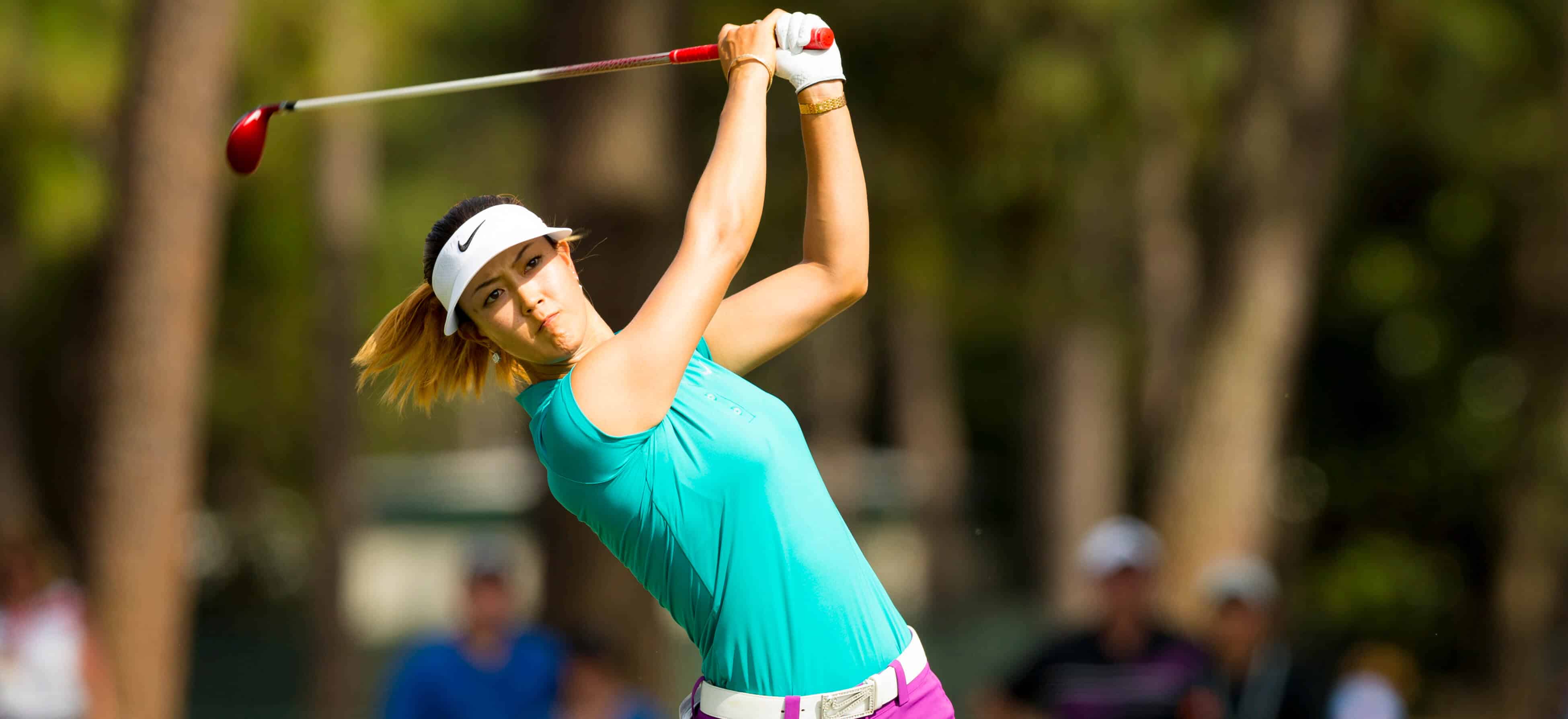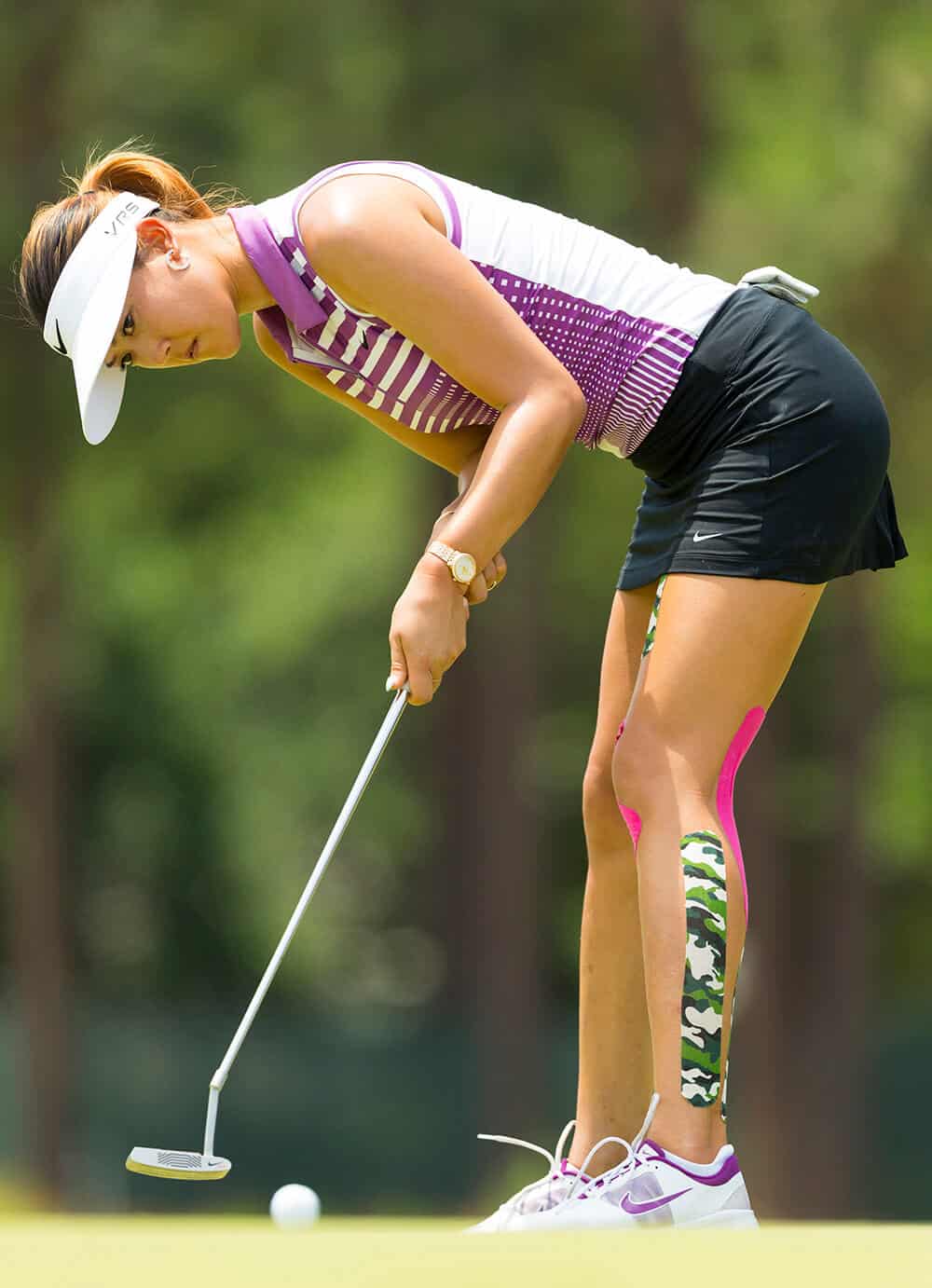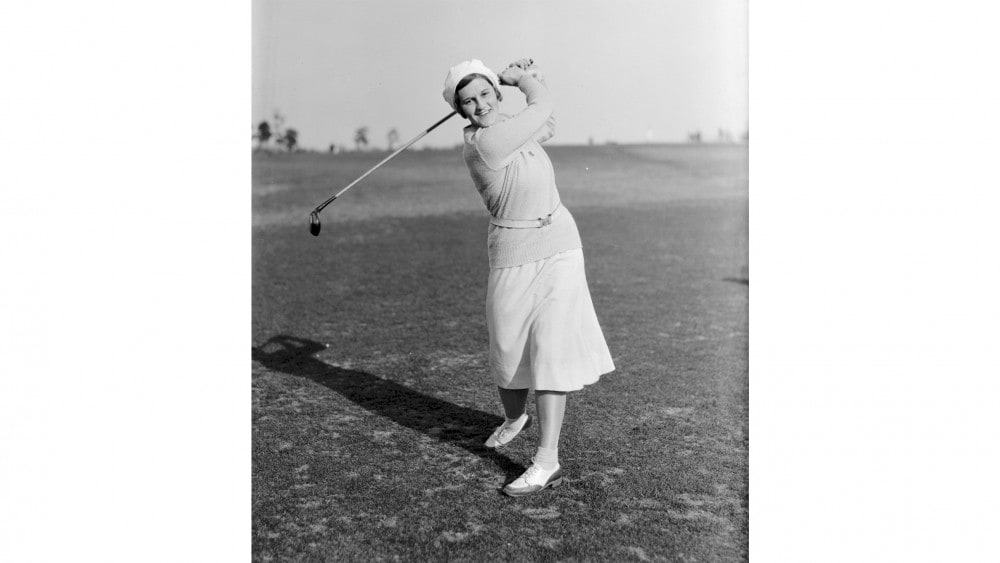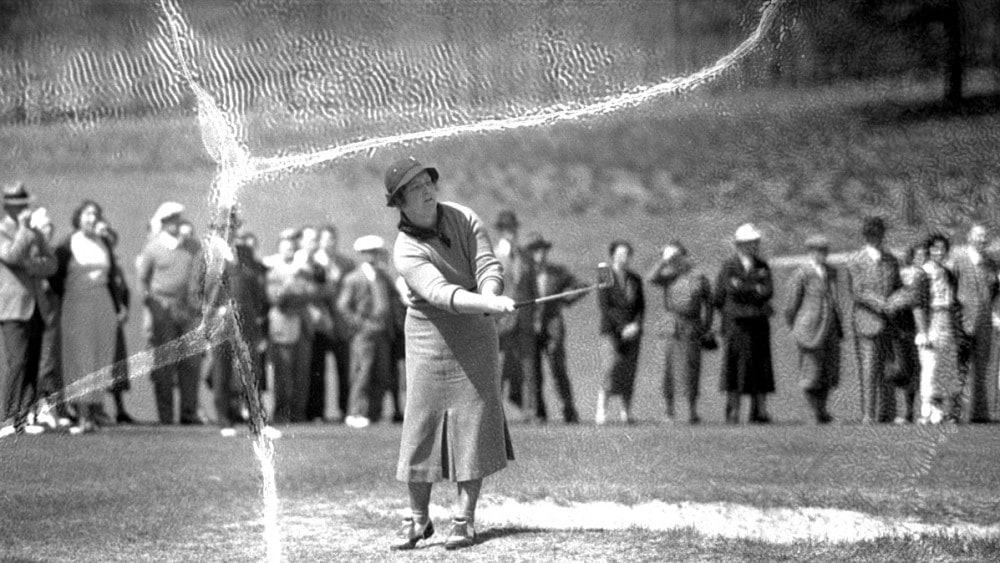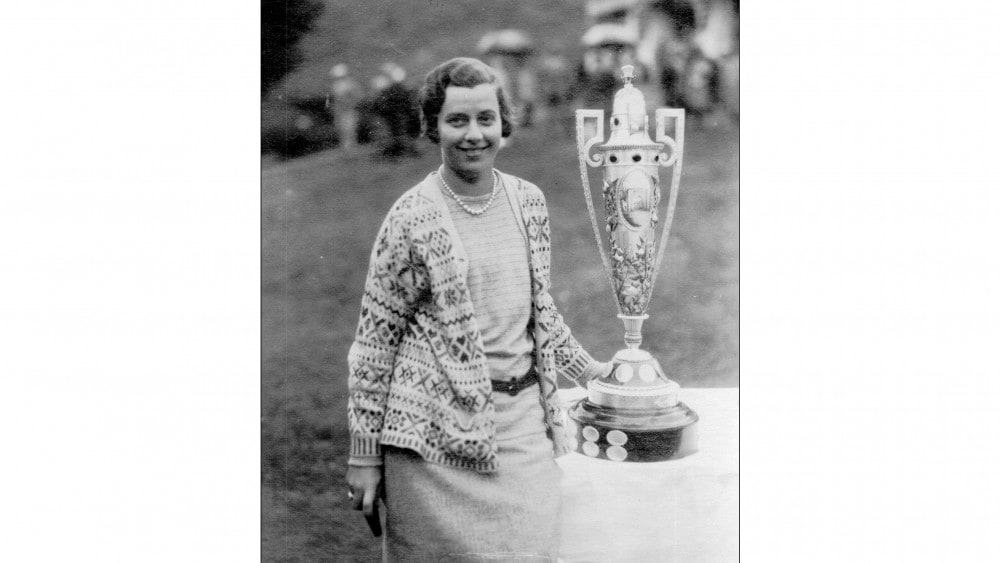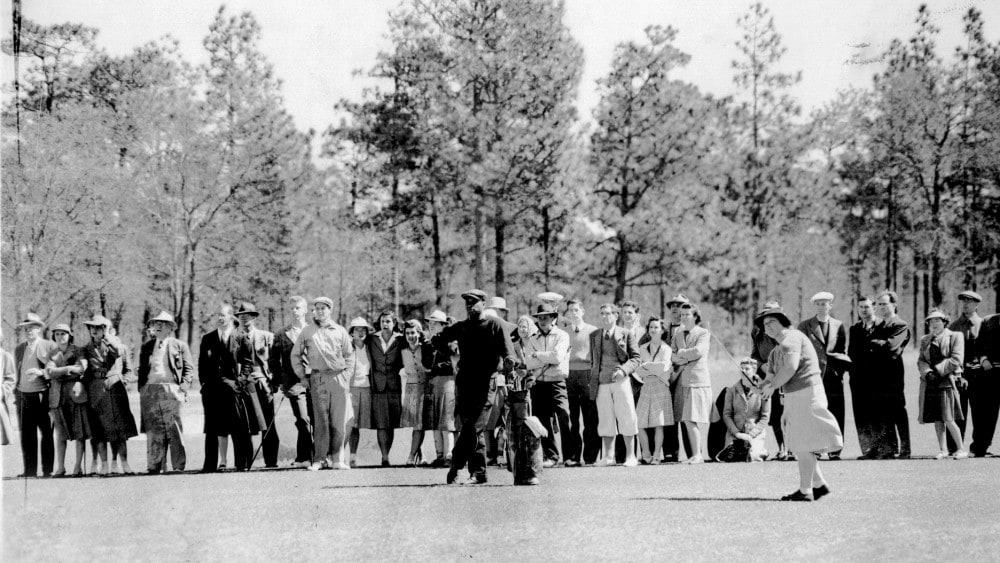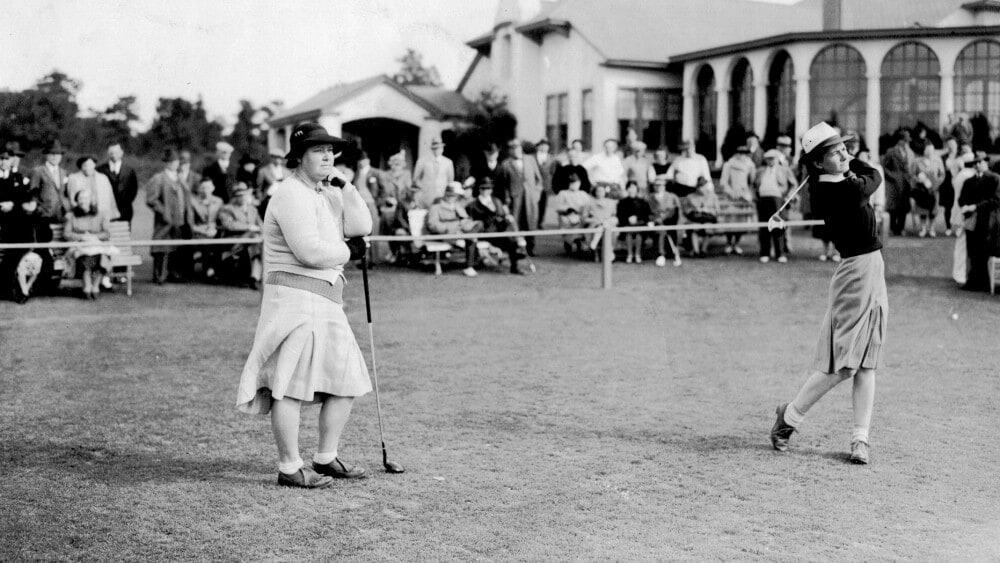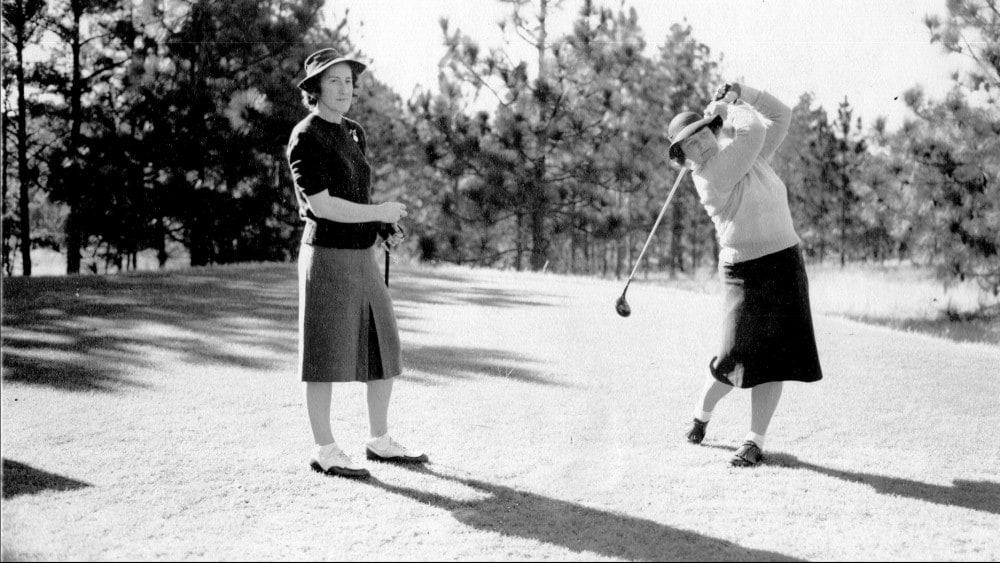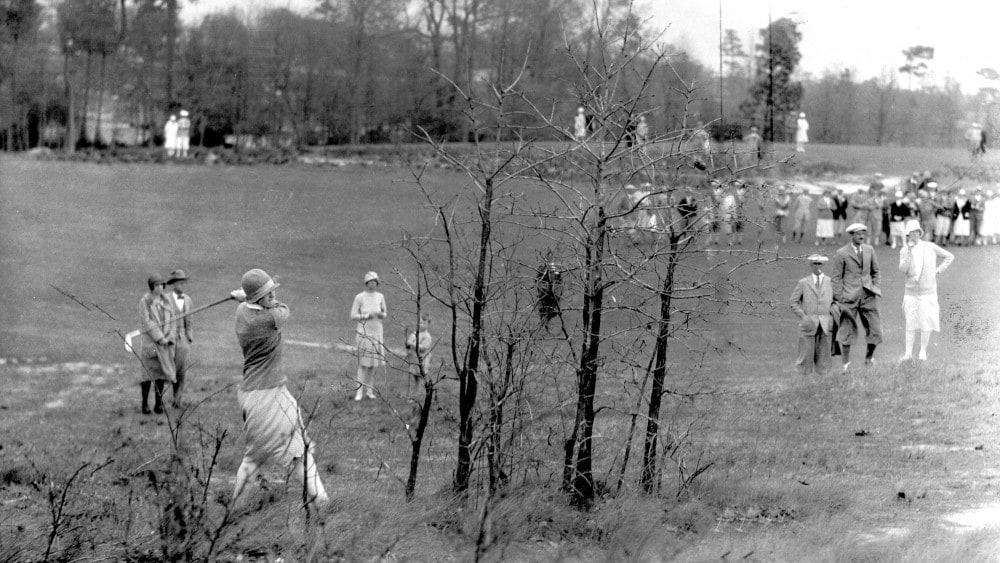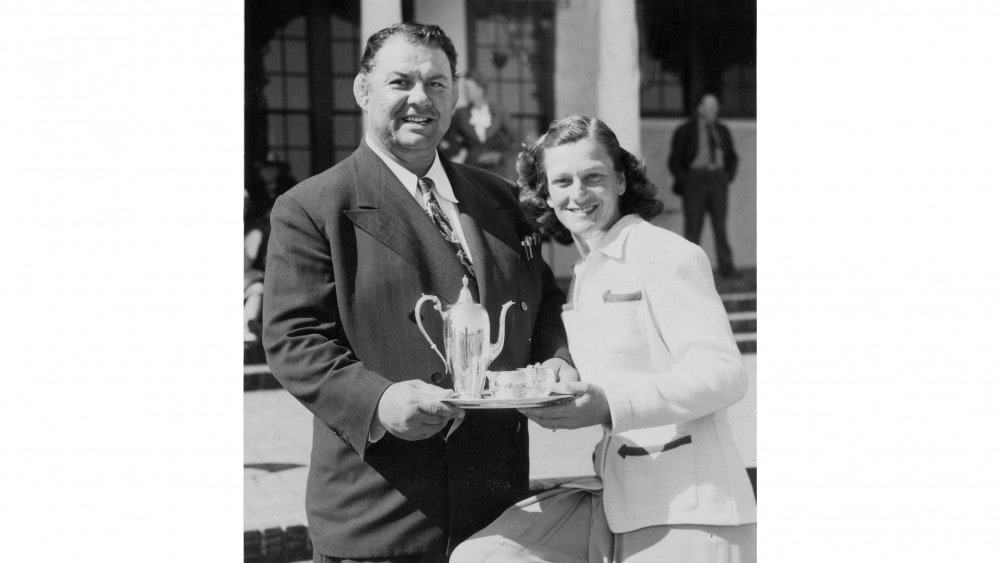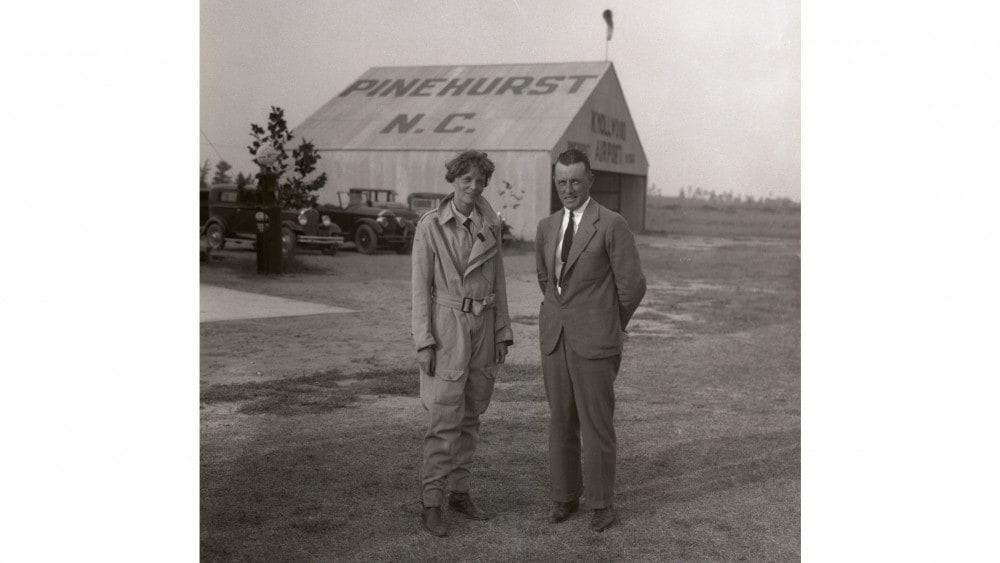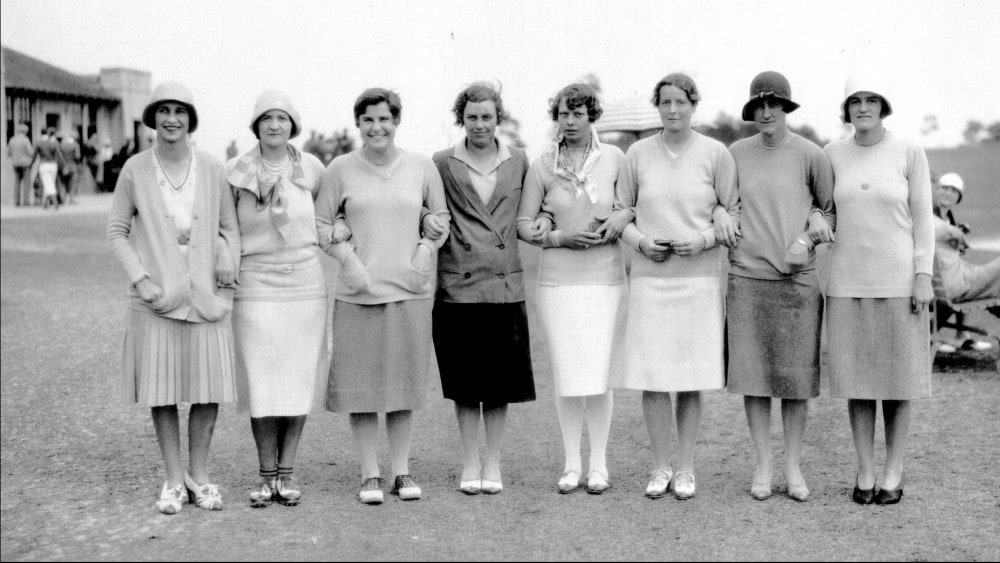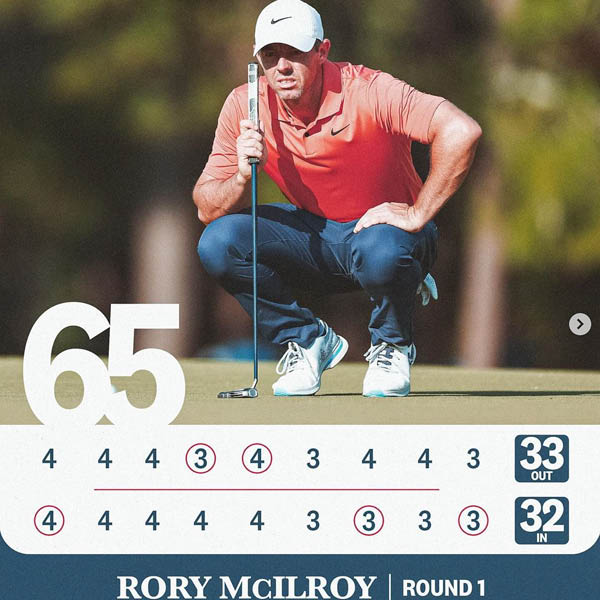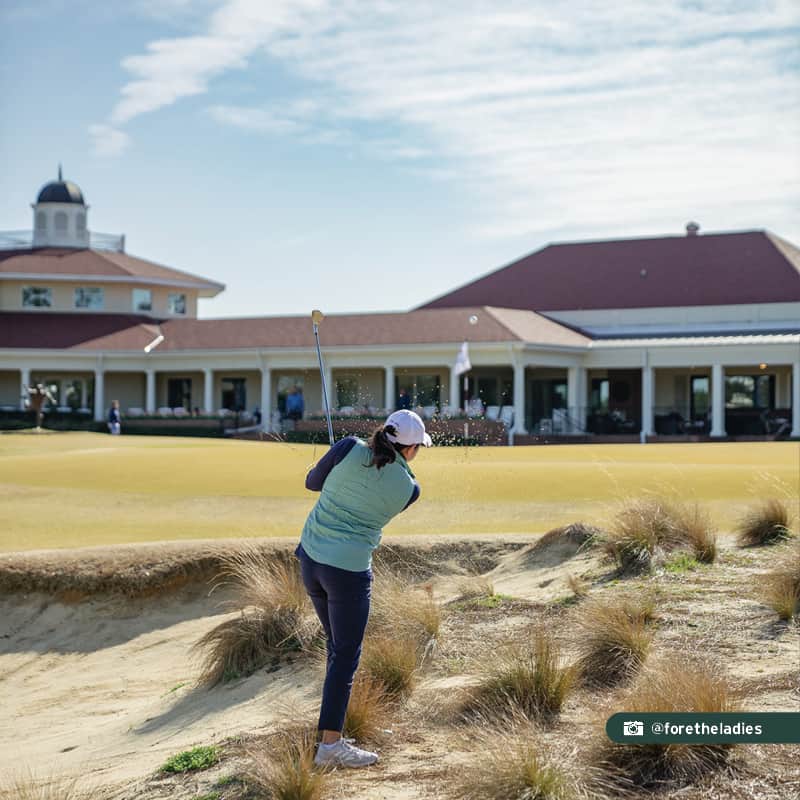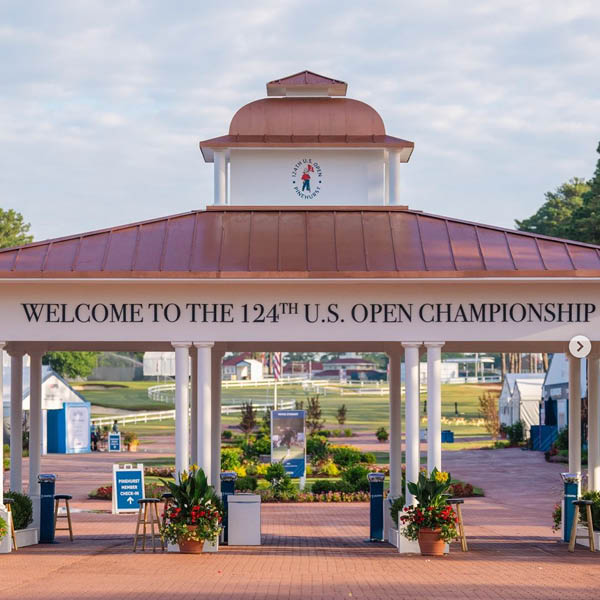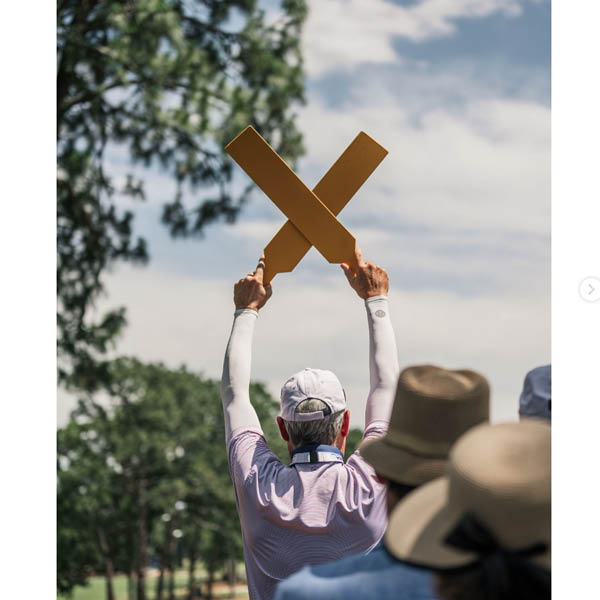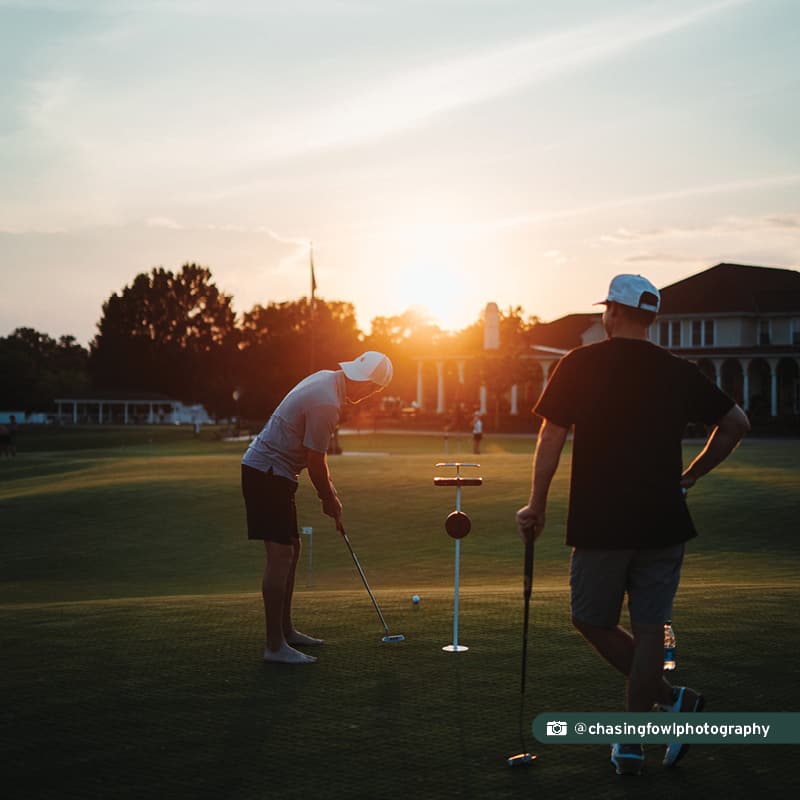Babe Zaharias had won 13 straight tournaments when the Women’s North and South Amateur kicked off on Pinehurst No. 2 during the second week of April in 1947.
After edging Louise Suggs to claim the North and South title, she went on to win three other tournaments during a streak known as the “Slam Bang.” Zaharias won 17 consecutive golf competitions from Texas to Pinehurst between 1946 and ‘47.
Suggs was a 23-year-old golfer from Atlanta who had won two North and South Amateurs in 1942 and ’46 and would later become a heated rival with Zaharias on the LPGA Tour, which was founded in 1950. The Pinehurst Outlook noted that Suggs seemed to garner the sympathy of the gallery and that it was only human nature as the fans “wanted to see the little one beat the strong one.” Suggs conceded an early putt to Zaharias and soon after Zaharias refused the same courtesy toward Suggs, who then missed the short putt.
“After this incident, the match became a real fight,” the publication noted.
Babe was 1-up going to the 18th hole, but her approach shot flew to the right and landed against a tree. She tried a bank shot against the tree that didn’t work out and she lost the hole, forcing a playoff.
“That almost killed me,” Babe said. “George was just going crazy. He later said, ‘I thought for sure you were going to lose one and break the string.’”
Suggs flew the green with her approach on the second extra hole, made bogey and Zaharias left Pinehurst with victory No. 14 secure. From there she won the women’s division of an event called the Celebrities Tournament in Washington, traveled to Scotland to win the Women’s British Amateur and returned home to win the Broadmoor Invitation again. Her streak of 17 ended when she lost in October in the Texas Women’s Open. Soon after, Babe accepted $300,000 from a Hollywood filmmaker for a series of golf instructional films and turned pro.
The name Babe Didrikson Zaharias occupies a mere one line on the champions board in the Pinehurst clubhouse.
But, as so often seems the case, it notes another moment when one of golf’s greatest legends and Pinehurst intersect.


